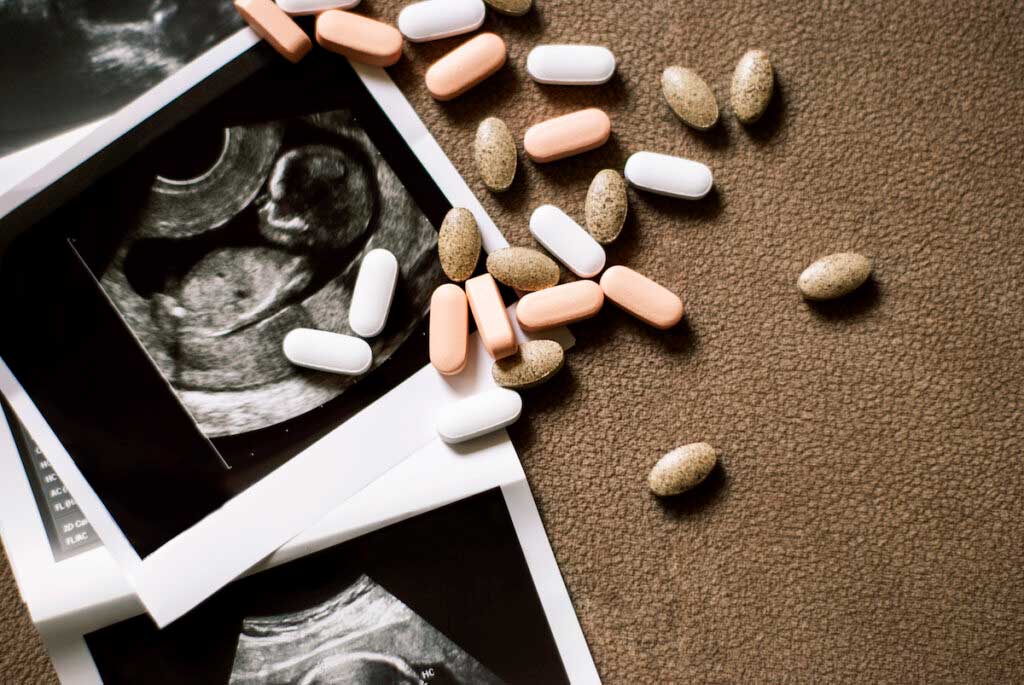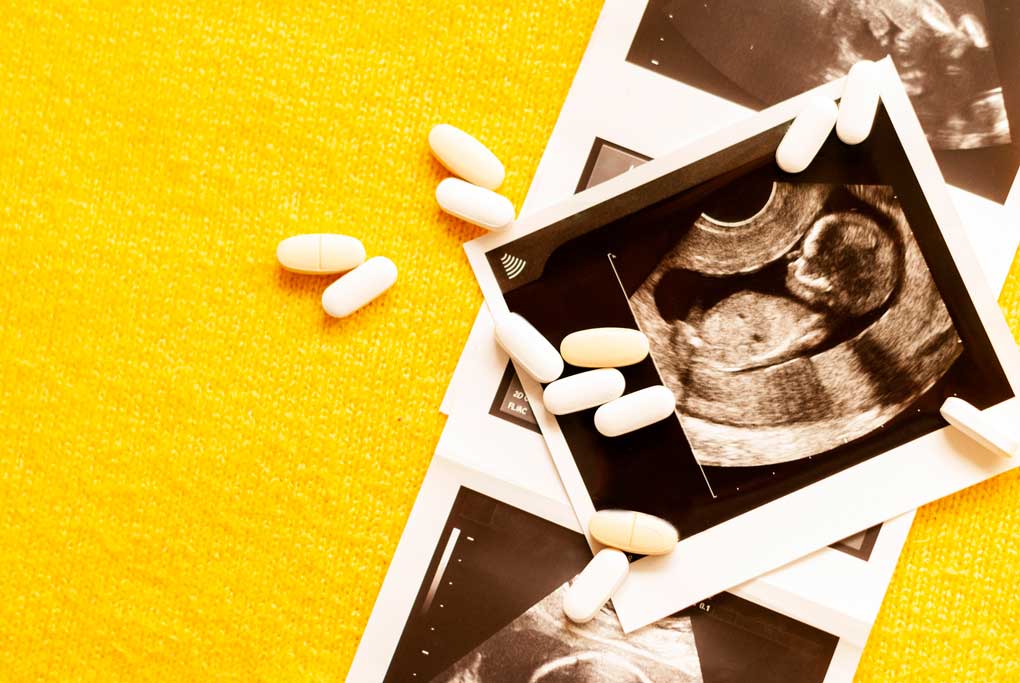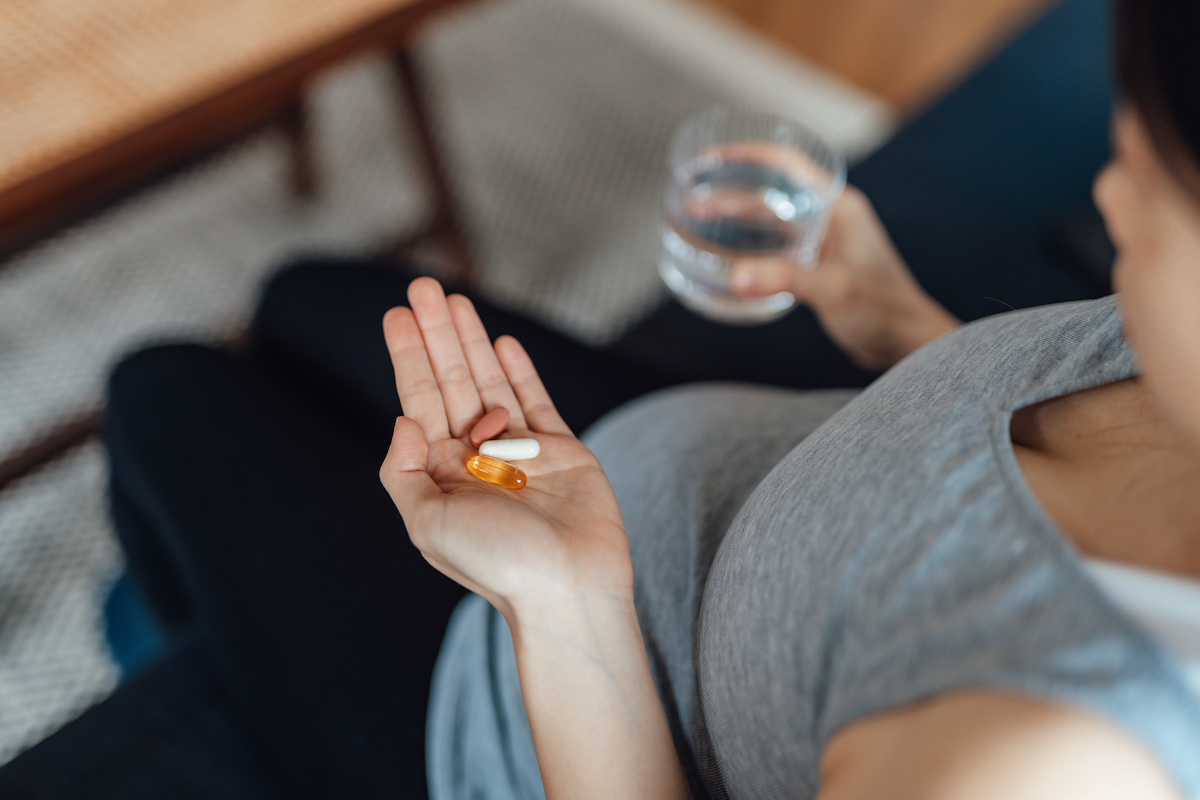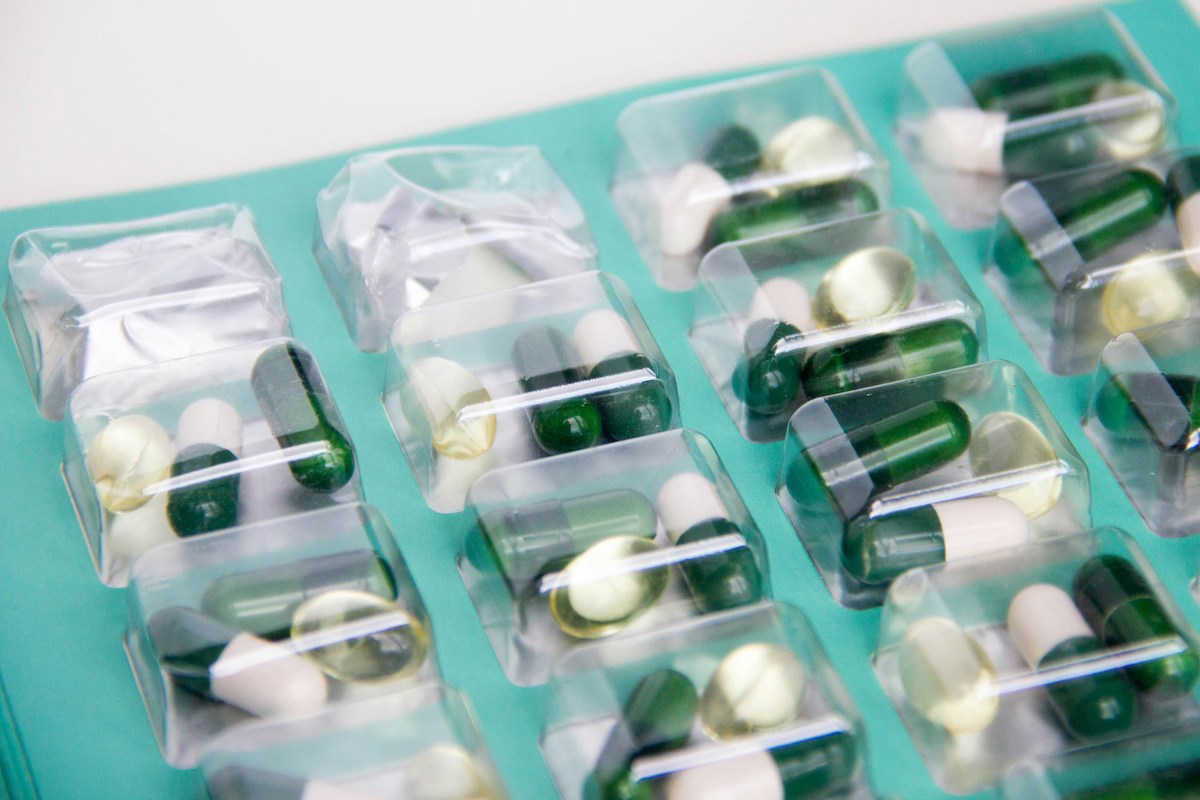I know you’ve gone over prenatals, and which ones and types and what to look for out of all the noise, but how early should you start taking them before trying to conceive? Is there a magic number or amount of time before the folic acid and other vitamins are in place and make a difference?
—Another pill to swallow
This is a great question! The advice is sort of all over the place. The WHO says three months in advance of conception. Some sources just say “while trying to conceive and during the first part of pregnancy.” The CDC says you should take them for a month. So which is it?
One way to evaluate this is to look at what approach was employed in the randomized trials of folic acid supplementation. Put simply: The way we know that folic acid is important for preventing neural tube defects is because of randomized trials of supplementation. By looking at the methods in those trials, we could get a sense of what works.
The most recent Cochrane Review of this topic includes trials with almost 7,400 people in them.The trials focus on taking folic acid “before conception and up to 12 weeks of pregnancy.” In most cases, the “before conception” period is one month.
Another way to evaluate this is to look directly, outside of pregnancy, at how long you would need to supplement to improve your folate level if you were deficient. Most people in the population are not deficient in folate — you get it through food. The risks occur if you have a folate deficiency, which needs to be addressed with supplementation.
This paper uses data on non-pregnant women who are folate-deficient and asks how long it took to increase their folate levels with supplementation. The answer is that they got most of the way there in one month.
Both of these facts together for me line up to: ideally, you take folic acid supplementation for one month before conception, and through 12 weeks of pregnancy (there is limited evidence of benefits after that, although people are advised to keep taking prenatals because of other components like iron).
Wondering about prenatals more broadly? Here’s a longer take, and also one on the folic acid versus folate debate.


















Log in